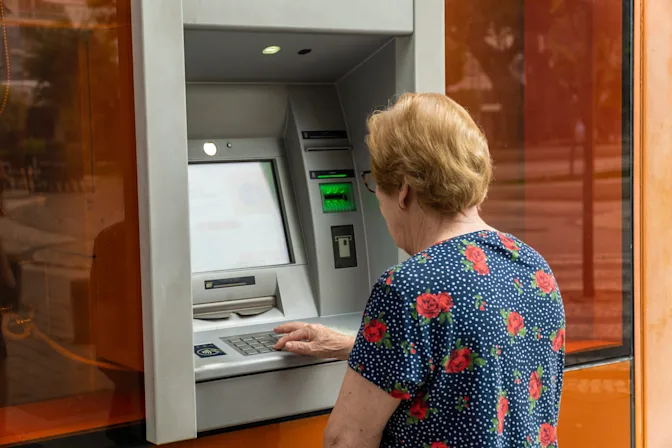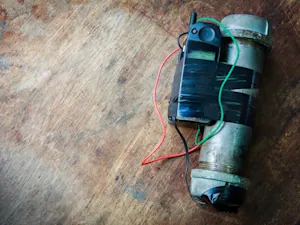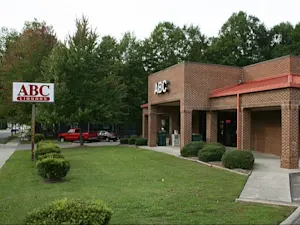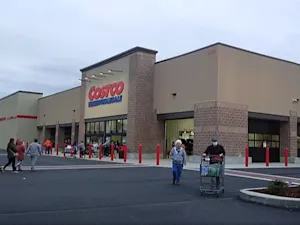
How Thieves Clone Your Card
Credit card fraud is a prevalent issue that can cause significant financial damage and stress for victims. Among the various types of fraud, card cloning is one of the most concerning due to its sophistication and the difficulty of detecting it until it's too late. Read on to learn more about the mechanics of card cloning, how it occurs, and ways to protect yourself from becoming a victim.
Understanding Card Cloning

Card cloning, also known as skimming, involves the illegal duplication of credit or debit cards. This allows criminals to use the cloned cards for unauthorized payments, effectively stealing the cardholder's money and potentially leading to debt. The process relies on obtaining the card's information, typically from its magnetic stripe, and transferring it to a counterfeit card.
The Process of Card Cloning
Card cloning is a multi-step process that requires specific equipment and sometimes the cooperation of insiders. Here's a step-by-step breakdown:
1. Acquisition of a Skimmer: A skimmer is a small device used to capture card details from the magnetic stripe. These devices can be standalone or attached to legitimate card readers without the merchant's knowledge.
2. Installation of the Skimmer: Skimmers can be installed in various locations. In some cases, an accomplice with physical access to credit cards, such as a cashier or restaurant server, is recruited to use the skimmer.
3. Capturing Card Information: When a customer uses their card in a compromised reader, the skimmer captures the information stored on the card's magnetic stripe. In addition, some skimmers are equipped with cameras or false keypads to record PINs, further compromising the cardholder's security.
4. Transferring Data to a Counterfeit Card: The captured card information is transferred to a blank card or overwritten onto another stolen card using specialized equipment. This cloned card can then be used just like a legitimate card.
Common Locations for Skimmers

Skimmers can be found in various places, but some locations are more frequently targeted:
• ATMs: Especially those not monitored by banks, like those in convenience stores.
• Gas Pumps: Skimmers are often installed inside the machine, making them harder to detect.
• Retail Stores and Restaurants: Handheld skimmers can be used by employees with access to customers' cards.
Prevention
Understanding how to recognize and prevent card cloning is crucial for protecting your financial information.
1. Inspect ATMs and Gas Pumps: Look for any signs of tampering, such as loose or bulky card readers, and avoid using machines that appear altered. Cover your PIN when entering it.
2. Use Credit Cards With EMV Chips: EMV chips encrypt your card data, making it more difficult for skimmers to capture and clone the information.
3. Enable Transaction Alerts: Set up alerts for transactions over a certain amount to detect unauthorized activity quickly.
4. Choose Cards With Zero Liability Protection: Many credit cards offer $0 liability on fraudulent transactions, which can provide added peace of mind.
What to Do if You're a Victim

If you suspect you have fallen victim to card cloning, take immediate action:
• Contact Your Credit Card Institution: Report the fraud, dispute unauthorized charges, and request a new card.
• Update Security Measures: Change passwords and enhance security for accounts associated with the compromised card.
• File a Report: Report the fraud to the Federal Trade Commission (FTC) at ReportFraud.ftc.gov or call 877-382-4357.
Card cloning is a sophisticated form of credit card fraud that can have serious consequences for victims. By understanding how it works and taking proactive steps to protect your information, you can reduce the risk of becoming a victim.
References: What Is Credit Card Fraud? | Card Cloning























